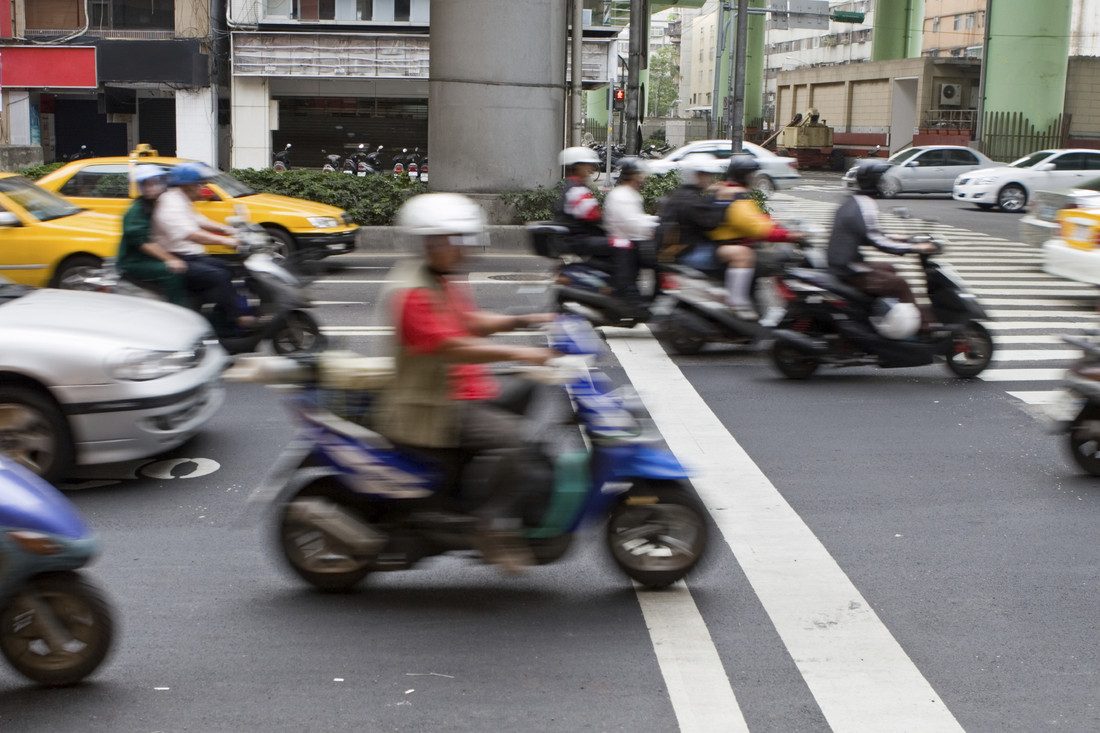
George Institute for Global Health calls for stronger measures to prevent child road deaths from motor-cycle injuries
Concerned over the fact that motor-cycles confer a high risk of crash-related injury or deaths in India, the George Institute for Global Health has called for preventing child deaths due to motor cycle injuries by making the wearing of motor-cycle helmets mandatory.
Wearing motor-cycle helmets is an effective way of reducing risk and yet, the wearing rate remains low in India and other low and middle income countries. For the first time, the new motor-vehicle rules which have been presented in the Indian Parliament recently highlight measures addressing child safety, and this must be extended to enforce motor-cycle helmet wearing in children.
According to estimates from the Global Burden of Disease 2010, the global number of deaths from powered two-wheelers injury increased by 53%, between 1990 and 2010.
Motorcycles accounted for nearly one half of total registered vehicles in low- and middle-income countries (49.6% and 45.8%) in 2010, while accounting for only 6.8% of total registered vehicles in high-income countries, indicating they are common transportation tools in low- and middle-income countries. India has the largest three wheeler market in the world as well as being one of the largest manufacturers of automobiles in Asia, with production doubling in the last four years.
Road injury in children is a major global issue. By 2030 road traffic injuries will be the fifth leading cause of childhood death worldwide, and the seventh leading cause of Disability Adjusted Life Years lost. Worldwide road traffic injuries account for 23% all child deaths due to injury and rates of road traffic death are three times higher in developing countries than in developed countries.
Led by Associate Professor Lisa Keay, researchers at the George Institute have recently completed work for the World Health Organisation on safety of motorcycles in low and middle income countries. The results have shown that motorcycle helmets are an effective means of reducing the risk, yet wearing rates remain low across China and India, and helmet quality remains a substantial challenge. This is particularly an issue for children, as standard helmets are not commonly available for children and many parts of the region.
According to available data, road traffic fatalities in India have been increasing by about 8% per year to reach 105,725 in 2006. Non-fatal injury is an even more common outcome of road crashes than death, and often severe. It remains poorly measured in India, though the number of people injured in road traffic crashes in 2006 has been estimated to be over 450,000. Cautious interpretation is necessary, as previous studies have found traffic crashes to be underreported in India by 5% for deaths and more than 50% for serious injuries.
Director of the Injury Division at the George Institute Professor Rebecca Ivers and Institute representative at the United National Road Safety Collaboration said “road injury in children causes immeasurable pain to families and communities, and Governments should ensure strong road safety legislation with appropriate enforcement and education campaigns to reduce the burden”
Preventing child deaths due to road injury is the focus of this year’s UN Global Road Safety week (website). The Third UN Global Road Safety Week - #SaveKidsLives - seeks to highlight the plight of children on the world’s roads and generate action to better ensure their safety.


